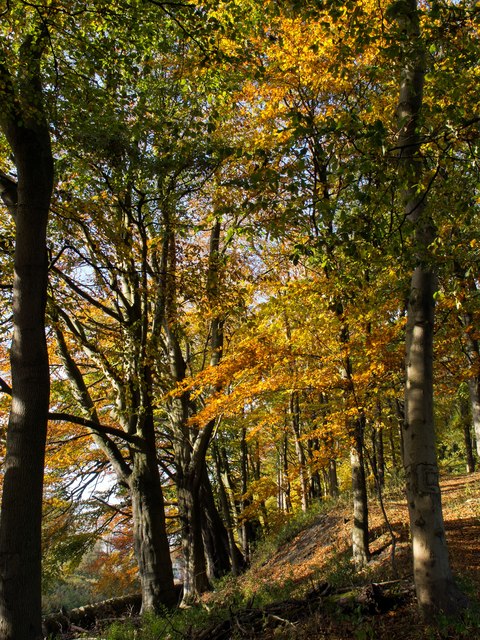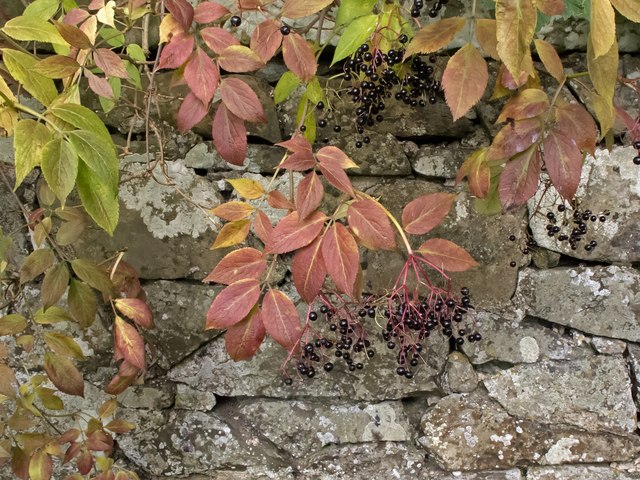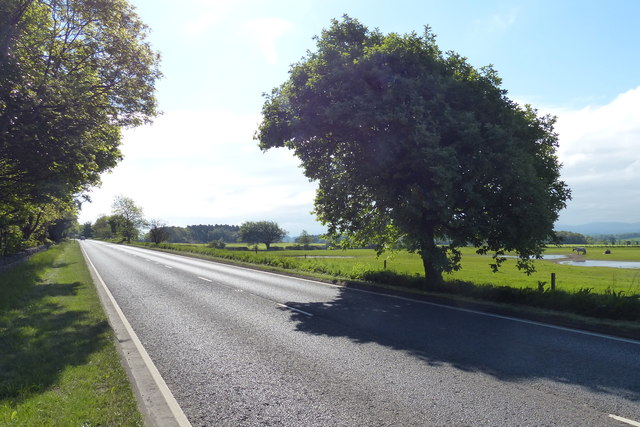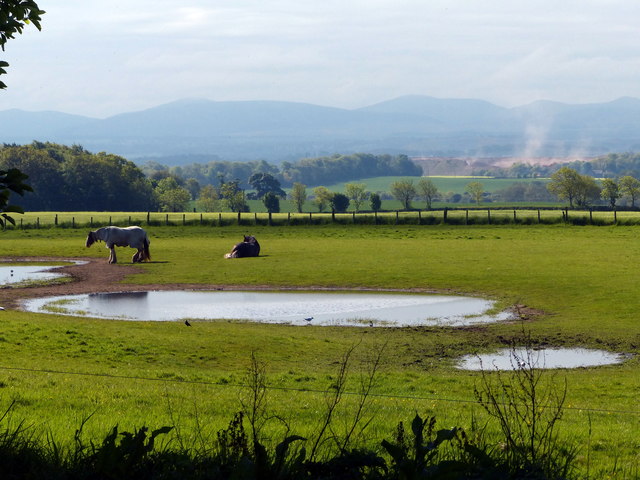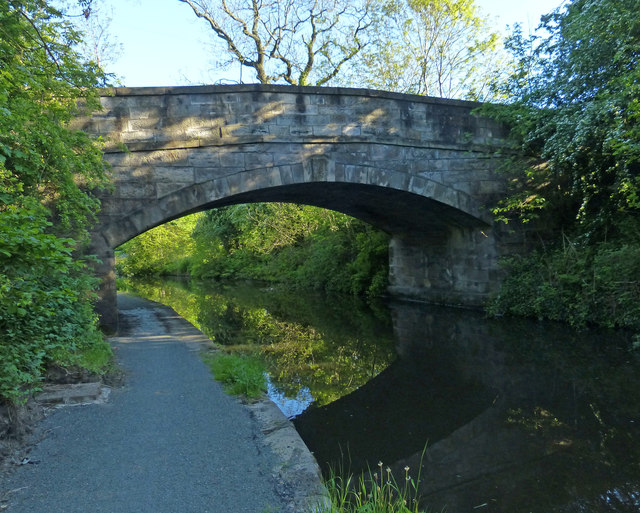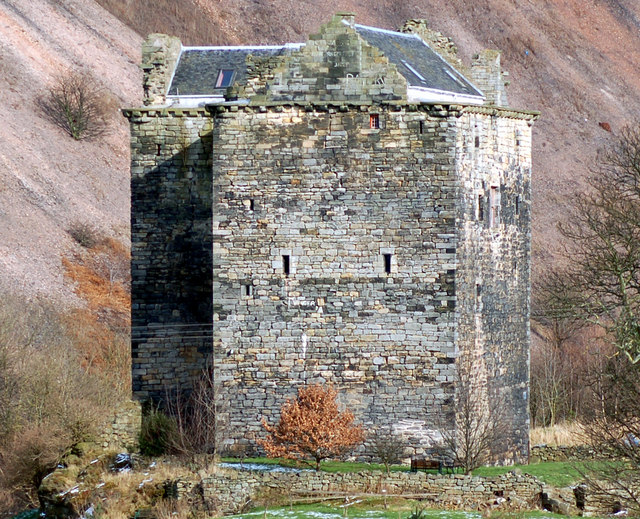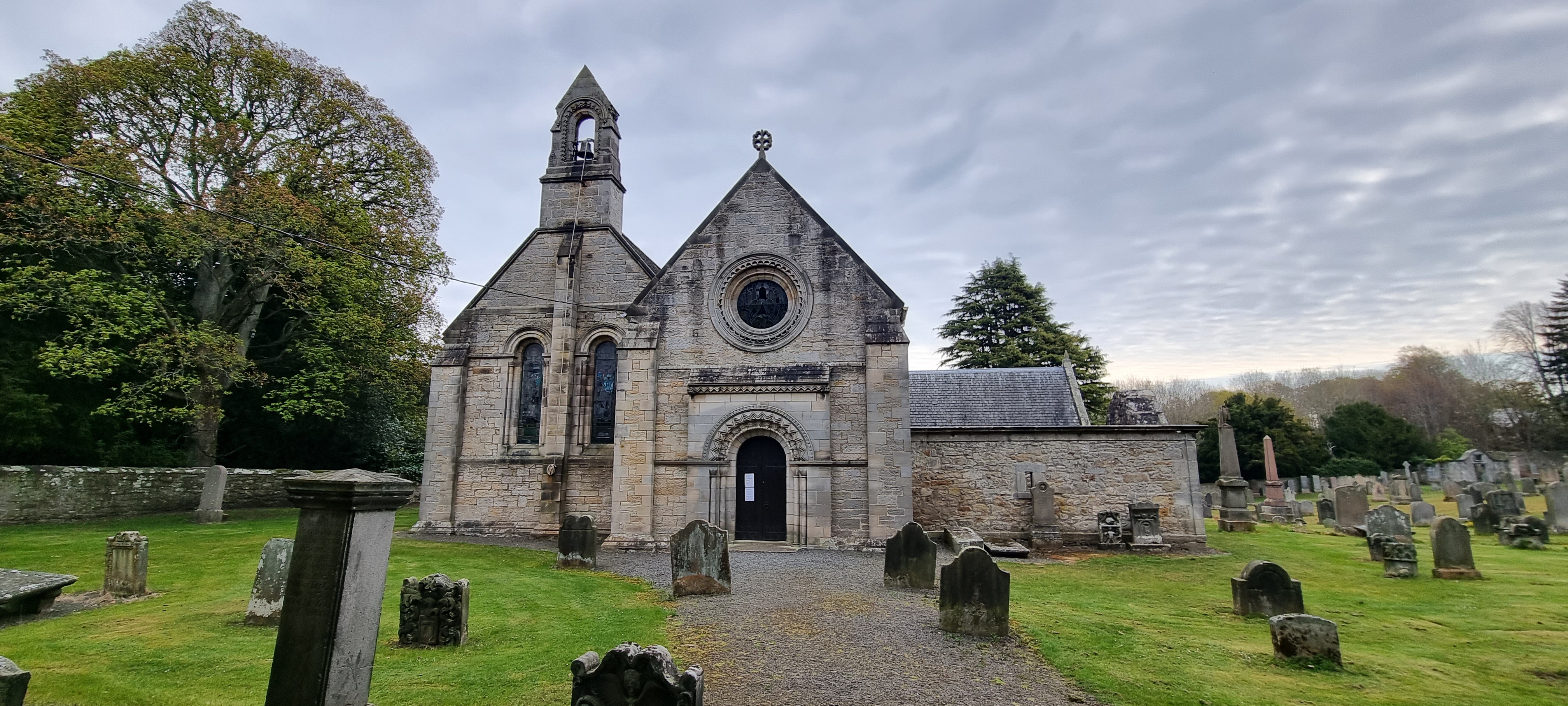Lady Wood
Wood, Forest in West Lothian
Scotland
Lady Wood

Lady Wood is a small woodland area located in West Lothian, Scotland. Situated near the town of Wood, it is known for its picturesque landscapes and abundant wildlife. The wood is primarily composed of a mixture of deciduous and coniferous trees, creating a diverse and vibrant ecosystem.
Covering an area of approximately 100 acres, Lady Wood offers a tranquil escape from the hustle and bustle of urban life. It is a popular destination for nature enthusiasts, hikers, and birdwatchers. The wood is home to a variety of bird species, including woodpeckers, owls, and various songbirds.
The wood features well-maintained footpaths that wind through the trees, providing visitors with an opportunity to explore the area and enjoy the natural beauty. Along these paths, one can find benches and picnic areas, offering a perfect spot for relaxation and contemplation.
Lady Wood also holds historical significance. It is believed to have been named after Lady Susan Wood, a prominent local figure from the 19th century. The wood has been preserved and protected by local conservation efforts, ensuring its continued existence for future generations to enjoy.
Overall, Lady Wood is a tranquil haven for nature lovers, offering a peaceful retreat in the heart of West Lothian. With its diverse wildlife, well-maintained paths, and rich history, it is a must-visit destination for anyone seeking a connection with nature and a glimpse into the region's past.
If you have any feedback on the listing, please let us know in the comments section below.
Lady Wood Images
Images are sourced within 2km of 55.969376/-3.4749082 or Grid Reference NT0876. Thanks to Geograph Open Source API. All images are credited.
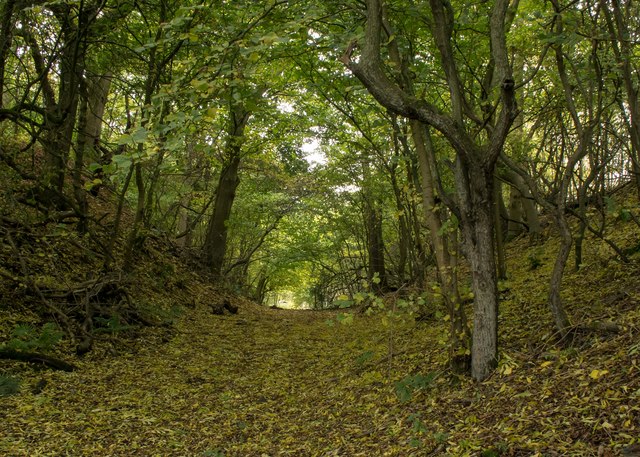

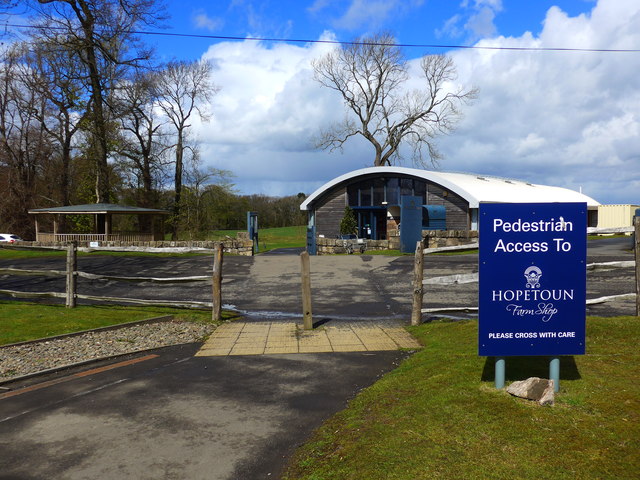


Lady Wood is located at Grid Ref: NT0876 (Lat: 55.969376, Lng: -3.4749082)
Unitary Authority: West Lothian
Police Authority: The Lothians and Scottish Borders
What 3 Words
///verb.moats.conquests. Near Winchburgh, West Lothian
Nearby Locations
Related Wikis
Winchburgh Academy
Winchburgh Academy is a secondary level school, in Winchburgh, West Lothian, Scotland. The school is adjacent to B9080 road which is to the west of Winchburgh...
Duntarvie Castle
Duntarvie Castle is a ruined Scots Renaissance house in West Lothian, Scotland. It is located 1.5 kilometres (0.93 mi) north of Winchburgh and 9 kilometres...
Winchburgh railway station
Winchburgh railway station served the village of Winchburgh, West Lothian, Scotland from 1842 to 1930 on the Edinburgh and Glasgow Railway. == History... ==
Winchburgh rail crash
The Winchburgh rail crash was a multi-train rail crash that occurred on Monday 13 October 1862, 1+1⁄2 miles (2.4 km) northwest of Winchburgh in Linlithgowshire...
Winchburgh
Winchburgh is a village in the council area of West Lothian, Scotland. It is located approximately 10 miles (16 km) west of the city-centre of Edinburgh...
Newton, West Lothian
Newton or (The Newton) is a small village in the county of West Lothian, Scotland. It lies on the A904 trunk road 2.6 miles (4.2 km) west of South Queensferry...
Niddry Castle
Niddry Castle is a sixteenth-century tower house near Winchburgh, West Lothian, Scotland. It is situated near the Union Canal, and between two large oil...
Abercorn
Abercorn (Gaelic: Obar Chùirnidh, Old English: Æbbercurnig) is a village and civil parish in West Lothian, Scotland. Close to the south coast of the Firth...
Nearby Amenities
Located within 500m of 55.969376,-3.4749082Have you been to Lady Wood?
Leave your review of Lady Wood below (or comments, questions and feedback).

